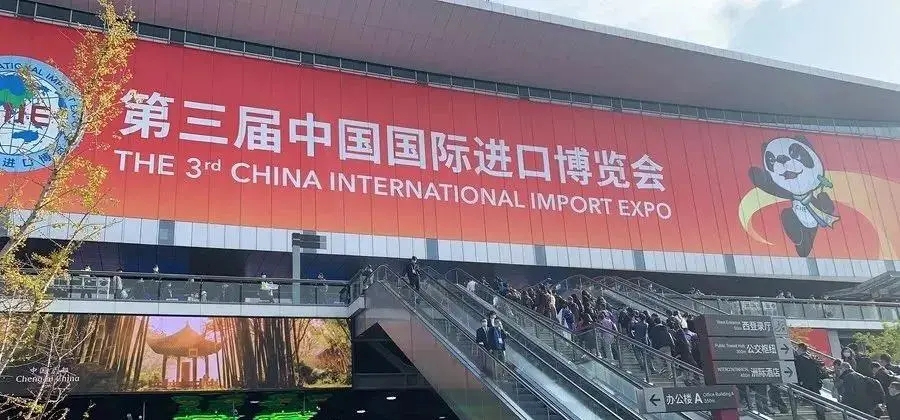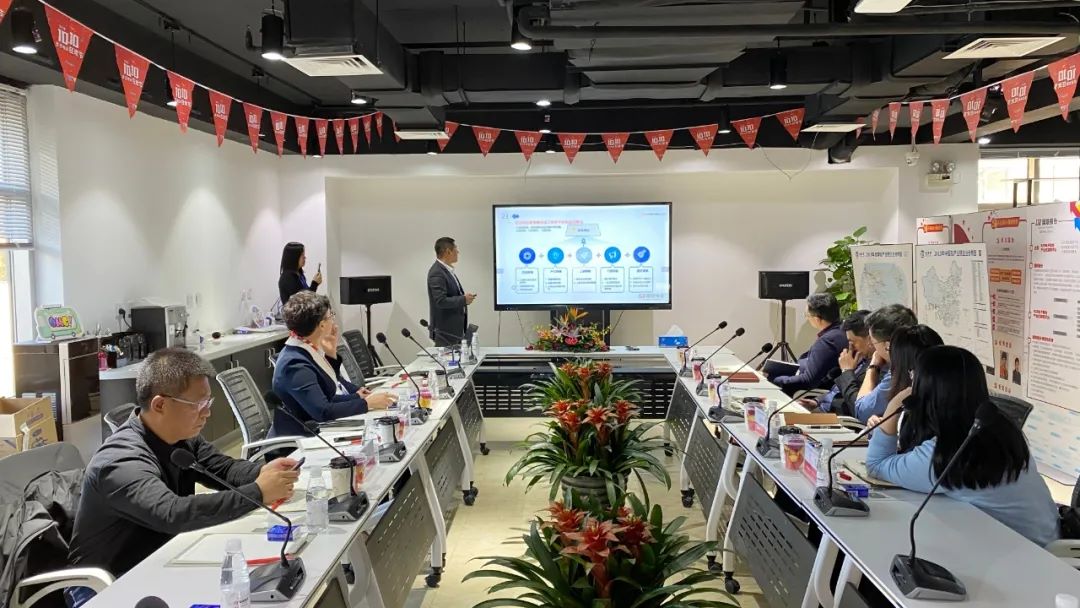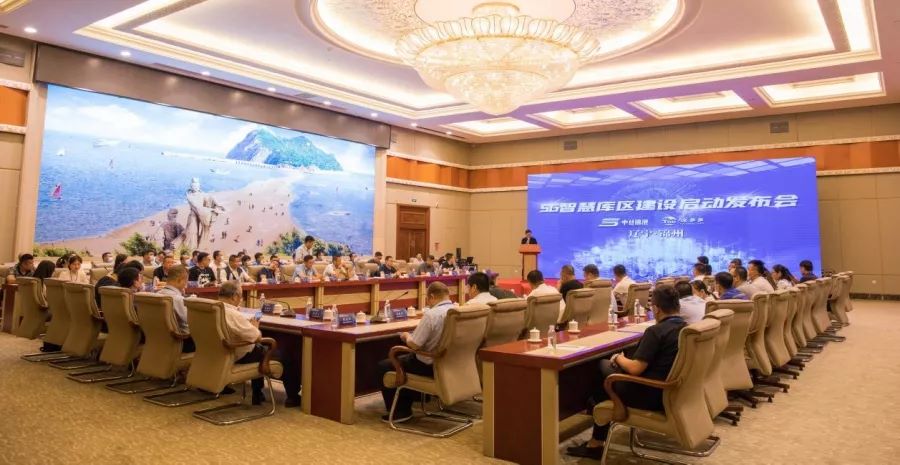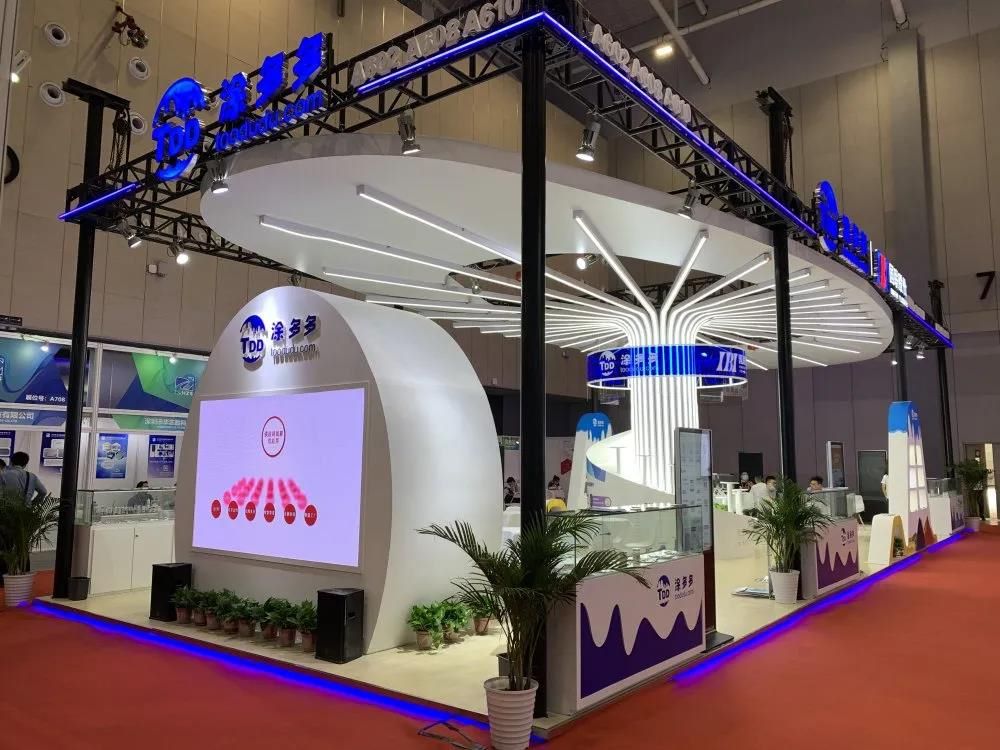Chinese tire companies face tariff challenges
Late at night on April 11, 2025, U.S. time, the U.S. Customs and Border Protection issued a notice on its official website: electronic products such as smartphones, computers, and chips exported to the United States after April 5 will be exempted from "reciprocal tariffs"; "reciprocal tariffs" already paid can be refunded. It is worth noting that this exemption did not inform which electronic products of origin were exempted, so this decision is considered to be "the first signal of loosening of U.S. tariffs on China."

Driven by this signal, on April 14, the stocks of many listed companies in Shanghai and Shenzhen opened soaring-many companies felt that their products would also be exempted from tariffs. Really? Don't take it lightly, China's tire foreign trade challenges are still "red lights on"!
01. Tariffs increased, truck tires rose to 2,000 yuan each
As of now, the export tax rate for Chinese tires is still 145%, which means that the price of a truck tire exported from China to the United States is still 2,000 yuan each. What's worse is that the crazy reversal of tax rates has caused shipping costs to "soar."
02. Sea freight increases, truck tire prices rise by another 300 yuan each
Due to the "reciprocal tariffs" that kept changing overnight within a week, the U.S. customs system malfunctioned. In order to clear the goods, the U.S. side suggested that importers submit the goods release order on site, and submit the financial documents after the problem was solved - temporarily exempt from tax. Some importers began to use the "fault repair period" to place orders frantically.
In addition, some goods from countries and regions that were told that tariffs would be adjusted back by 10% within 90 days, as well as goods exempted from tariffs, "swarmed" into the U.S. market in a short period of time. There was a "run" on the shipping line, and the prices of U.S. routes soared. It is reported that the U.S. line sea freight goods generally increased by 6-8 yuan per kilogram. According to the weight of the truck tire, the freight for exporting a truck tire to the United States has increased by at least 300 yuan.
The price of Chinese tires exported to the United States increased by 1,400 yuan per tire within a month! The price advantage is gone! Therefore, some Chinese tire companies, adhering to the idea of saving a little bit, (it is reported that 30% of direct export goods) began to seek transshipment transportation.
But when I called the transshipment service provider, I was immediately informed that the service fee had increased!
03. Service fee increased, up to 30%
Since the tariffs in many Southeast Asian regions have been reduced to 10%, some Chinese tire companies hope to conduct transshipment trade through Vietnam, Thailand, Malaysia and other regions when exporting to the United States. If calculated according to the current tariffs in these regions, even if the tires exported to the United States are superimposed with high freight, the price of each tire will only increase to 1,400 yuan at most. In comparison, it still has a greater price advantage.
However, Chinese tire companies have already figured out all the ways of exporting since the tire special protection case in 2008. When a tire company can think of transshipment transportation, 99% of Chinese tire companies have already started to prepare. It is reported that after the 90-day window period, transshipment transportation issued a service fee increase notice to tire companies under the "supply shortage". Although the specific price increase has not been accurately disclosed, there are rumors that the maximum price increase may be 30%. Calculated in this way, even if re-export trade is sought, the price of a tire exported to the United States may exceed 1,500 yuan.
At the same time, the United States has also issued a special executive order "Restoring America's Maritime Dominance" recently, which shows that tariffs will be imposed on quay cranes for "transit trade" of Chinese goods; at the same time, tariffs will also be imposed on other cargo handling equipment. This also means that after Chinese goods have completed customs clearance through the transit country, if their status when they are shipped to the United States has not changed substantially compared to when they arrived at the transit country, they must pay the applicable tariffs, customs duties, taxes, fees (including HMF), interest and other amounts, and an additional 10% service fee will be charged to compensate for the additional regulatory costs incurred by relevant agencies.
In the face of a new round of challenges starting in April 2025, some tire companies have begun to think about new countermeasures, and even consider "tightening their belts for a while" first-reducing costs to temporarily overcome difficulties. The tire business has never been smooth sailing, which has forced tire companies to develop from high quality and price ratio to high brand power and multi-track operations. I believe that tire companies that have been reborn in the new round of tariff reshuffles will find new growth points and business breakthroughs in the next 20 years, giving them a new development path!









